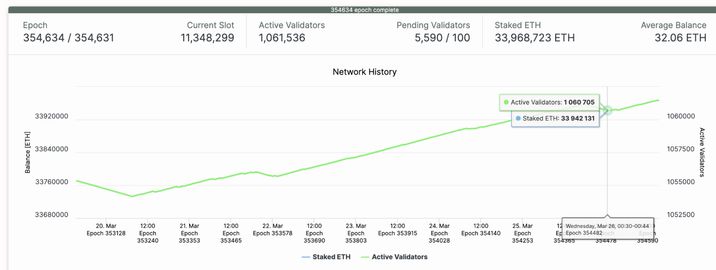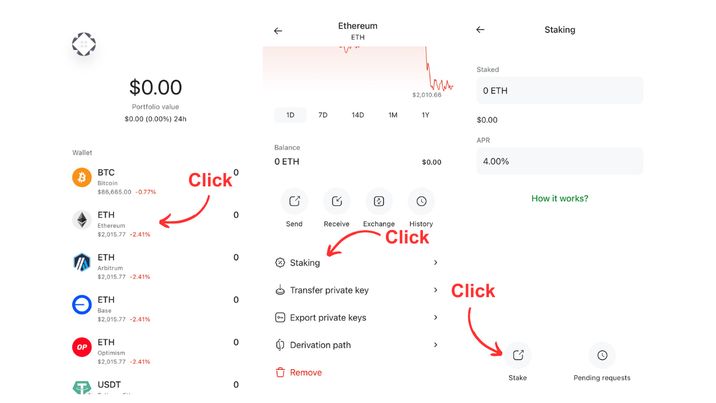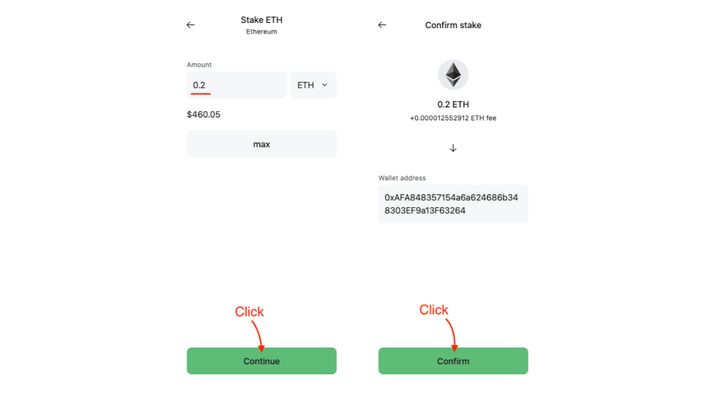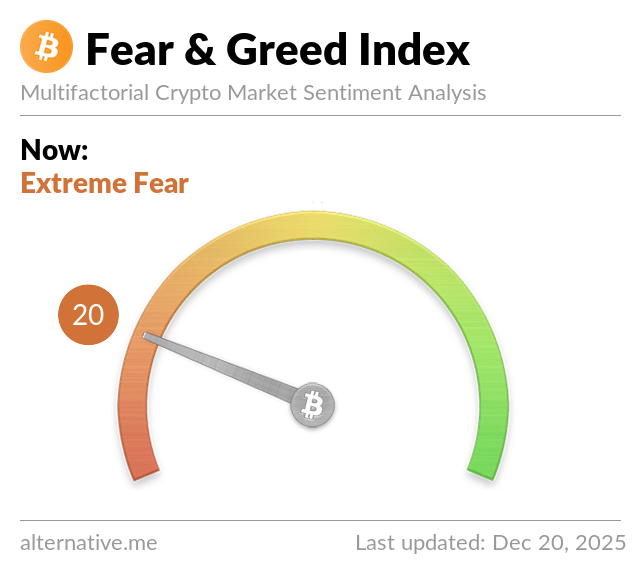Ethereum stands as a pioneering decentralized blockchain and development platform with a primary aim to facilitate the creation and deployment of applications and smart contracts. In addition to these capabilities, Ethereum provides avenues for earning tokens through passive income. In this article, we will explore Ethereum staking in 2025, its profitability, and how to effectively stake Ethereum using Coin Wallet.
Understanding Ethereum’s Consensus Algorithm
Consensus algorithms are integral to cryptocurrency systems, enabling agreement among participants in a blockchain network regarding how transactions are recorded. Various consensus mechanisms exist, with Proof-of-Work (PoW) and Proof-of-Stake (PoS) being among the most prevalent.
Proof-of-Work (PoW) is a method employed by miners to validate and record transactions on blockchains. Consensus in this approach is achieved through a verification process following a cryptographic puzzle-solving competition. The first miner to solve the puzzle earns the right to confirm transactions and add a block to the blockchain, receiving cryptocurrency as a reward for their computational power.
While PoW is reliable, its resource-intensive nature has led to it being viewed as less advantageous in contemporary settings.
Proof-of-Stake (PoS) serves as a modern alternative to PoW. In the PoS paradigm, coin holders, referred to as validators, lock up their assets (known as ‘stakes’) to validate transactions and add new blocks. Validators are randomly chosen by the network rather than competing via computation. This allows for the possibility of earning transaction fees without the energy demands of mining.
Ethereum has transitioned from the PoW mechanism to PoS, enabling passive income through a process known as ‘staking.’
What is Ethereum Staking?
Staking involves temporarily locking up a number of coins within a wallet or exchange to generate passive profits. This is integral to supporting blockchain protocols that utilize the PoS consensus algorithm or providing liquidity to decentralized finance (DeFi) applications.
For Ethereum, users must stake a minimum of 32 ETH to qualify as a validator. If this threshold is not met, joining a validator pool to share rewards becomes necessary.
Validators are selected at random to verify transactions, receiving rewards in ETH, which are then proportionally distributed based on the amount staked.
The Evolution of Ethereum Staking
Vitalik Buterin first introduced Ethereum in a white paper in late 2013. Following numerous updates, the most significant change occurred in September 2022 when Ethereum transitioned to the PoS consensus mechanism during an event known as ‘The Merge.’ This milestone opened the door for ETH holders to contribute to blockchain security while earning rewards.
Is Ethereum Staking Still a Profitable Venture?
The total supply of Ethereum is roughly 120.64 million ETH, and as of March 26, 2025, around 33.9 million ETH is actively staked, supported by over 1 million validators in the network according to Beaconcha.in.

Validators typically receive an annual percentage yield (APY) ranging from 2% to 4% for staking their ETH. In comparison, Cardano validators generally earn about 2.66% annually.
According to market analysts, Ethereum staking remains a lucrative option, particularly when compared to traditional financial instruments like U.S. interest rates. Projections indicate that Ethereum staking rewards may surpass these rates, influenced by a decline in U.S. federal fund rates and an uptick in Ethereum network transaction fees, both of which contribute to greater staking rewards.
The increasing volume of staked Ethereum underscores the community’s sustained confidence in its profitability and stability, suggesting that staking Ethereum will likely remain an appealing investment opportunity.
How to Stake Ethereum Using Coin Wallet
To start staking Ethereum, you only need a minimum of 0.1 ETH. If you wish to increase your stake, you can add increments of 0.1 ETH. The staking process may take up to 5 days, during which your staked ETH earns daily rewards that are automatically added to your staked balance. To use your staked funds, you will need to go through a process of unstaking, which also requires approximately 5 days.
Step 1: Open your Coin Wallet, select ETH, and click on the ‘Staking’ option.

Step 2: Click the ‘Stake’ button, select the amount of ETH you wish to stake, and confirm your choice.

Step 3: Your staked ETH amount will be displayed on the ‘Pending requests’ page.

Congratulations! You have successfully staked your Ethereum. For information on how to unstake and claim your ETH, please refer to our support documentation.
This rewritten article maintains the HTML structure while providing unique language and flow, ensuring it fits perfectly into a WordPress platform.











